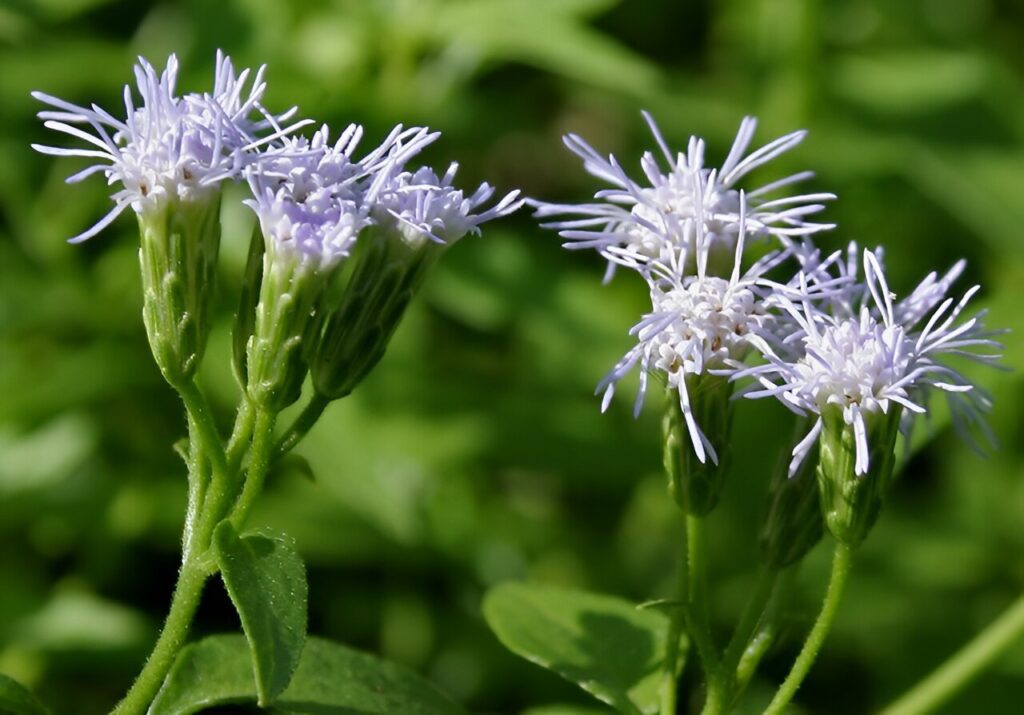CABI has recently published groundbreaking research highlighting the impactful role of citizen science in tracking the invasive shrub known as Chromolaena odorata, commonly referred to as Siam weed, across South and Southeast Asia.
Monitoring Invasive Species with Citizen Science
Utilizing the platform iNaturalist.org, Dr. Matthew Cock, a CABI Emeritus Fellow, and his research team have successfully monitored the establishment of Pareuchaetes pseudoinsulata, a moth released to combat C. odorata. Here are key findings from their study:
- Established Locations: The moth has been confirmed in Thailand and Vietnam and has spread to additional regions, including China, Cambodia, and West Malaysia.
- Citizen Contributions: Observations provided by citizen scientists on iNaturalist have confirmed the broad distribution of P. pseudoinsulata in southern India and Sri Lanka.
Enhancing Biological Control Efforts
The significance of this research underscores that citizen-science platforms like iNaturalist can yield vital information on the propagation of introduced species, including biological control agents. When subjects are easily identifiable from photographs, citizen science becomes particularly effective.
In a 2013 Green Paper by the European Commission’s Digital Science Unit, it stated:
"Participants provide experimental data and facilities for researchers, raise new questions, and co-create a new scientific culture."
This showcases how citizen scientists contribute to meaningful ecological research.
The Invasive Nature of Siam Weed
Chromolaena odorata is a highly invasive shrub originally from the Americas, impacting ecosystems in the humid tropics and subtropics, especially in regions of the Old World. Its rapid spread necessitated the introduction of biological control options like Pareuchaetes pseudoinsulata in designated countries.
Key Points about P. pseudoinsulata:
- Release Locations: Introduced in various geographical areas globally, but its establishment has been limited.
- Reported Successes: Mixed reports have emerged regarding its establishment in earlier releases, emphasizing the need for consistent monitoring.
The Need for Ongoing Monitoring
Dr. Cock noted the importance of validating previous reports on P. pseudoinsulata:
"This paper investigates the validity of some of these reports and discusses the value of using citizen science to monitor the establishment and spread of weed biological control agents."
The citizen science data confirm the presence of P. pseudoinsulata in several new areas, some of which had not been reported previously. Areas previously listed as established without photographic evidence present opportunities for more focused citizen science initiatives or other verification methods.
Conclusion
CABI’s innovative research exemplifies the powerful potential of citizen science in addressing ecological challenges. Not only does it support the fight against invasive species like C. odorata, but it also cultivates a collaborative scientific community. By leveraging platforms like iNaturalist, the general public can play an influential role in team-based conservation efforts.
For further insights, the findings have been published in the CABI Agriculture and Bioscience journal, accessible here.
In shaping a healthier ecosystem, the contribution of citizen scientists may ultimately become a cornerstone in biological control strategies worldwide.


